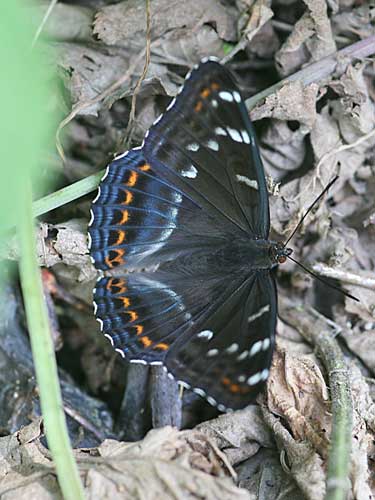
Cluj, Romania, May 2009
Male - much reduced upperside white markings, apparently typical of this part of the world.
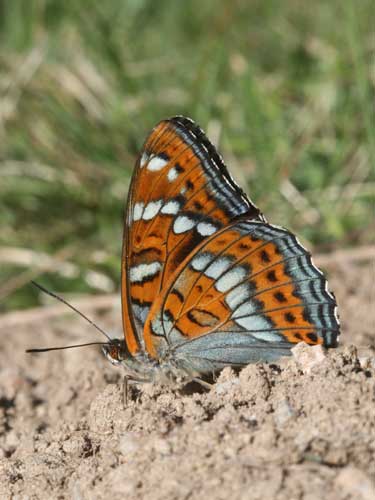
Cluj, Romania, May 2009
Field notes and information
An apparently widespread species, it is very hard to find. My average over more than 20 years of butterflying is about one individual per season... and in many seasons the value is zero. It is fabulously large, even bigger than the purple emperors Apatura with which it may be confused in flight.
My photographs in July 2006 were taken in a small streamside clearing in open woodland. It was a remarkable site with poplar, white and southern white admirals plus the lesser purple emperor flying together L. populi, L. camilla, L. reducta & Apatura ilia.
Identification & Similar species: Distinctive. It is a very large species with a huge wing area. The females are even larger than the males. The rich rusty orange underside has a unique pale blue border and the upperside has a row of submarginal lunules that differentiate it from possible confusion. The female has a large white cell spot and generally bolder white markings than the male.
Distribution & Flight: Widespread from central eastern France, north Italy, Switzerland and eastwards becoming sporadic in the Balkans and north Greece. Also from south Sweden, south Norway and south Finland. From low levels to around 1500m. Generally June and July but I've found it in August too.
Habitat & Behaviour: Woodland edges and open woods, often near streams, where the foodplant, Aspen Populus tremula grows. It seems that the butterfly does not require dense stands of the foodplant - it can be growing as individuals in mixed forest.
Individuals may descend early in the morning and rest on damp ground. Quickly they rise to the tree tops where they disperse during the day. I've noticed they often rest on leaves high up on various tree species. They come lower down in clearings or as they cross fields and roads. I don't think they ever take nectar. They have a strong reputation for liking carrion and animal droppings and salts at mud.
Variation: The extent of the white on the upperside, particaulrly in the male, is variable. Particularly dark males are more common in the east.
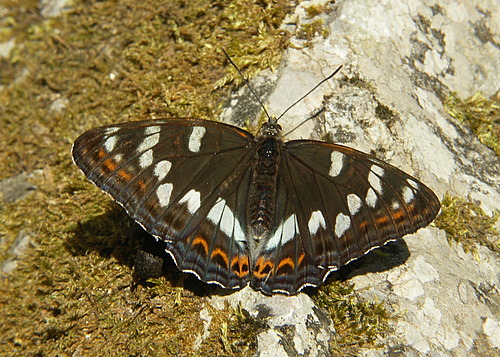
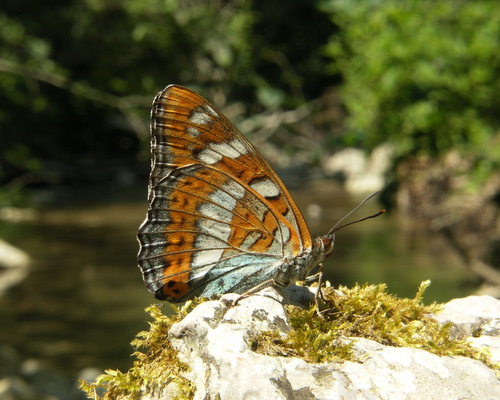
Savoie, France, July 2006
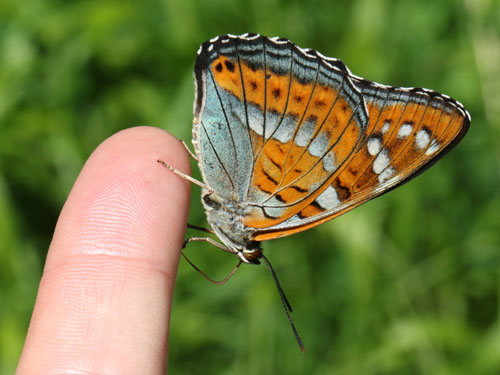
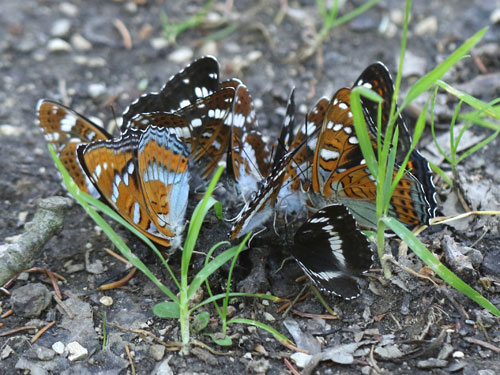
Geneva, Switzerland, June 2015
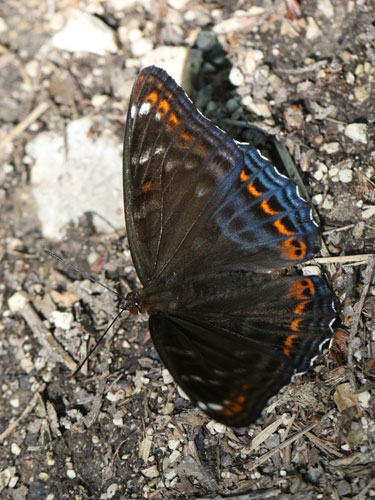
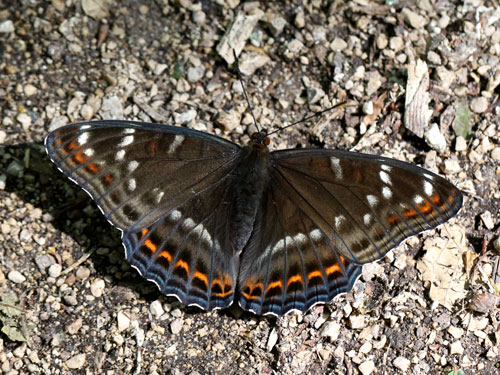
Geneva, Switzerland, June 2015
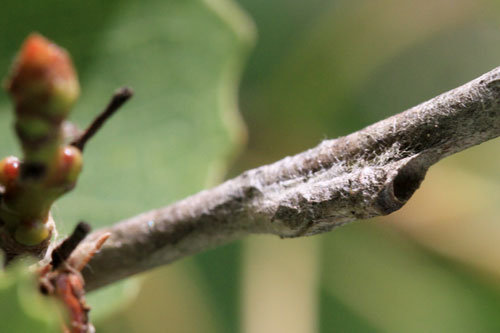
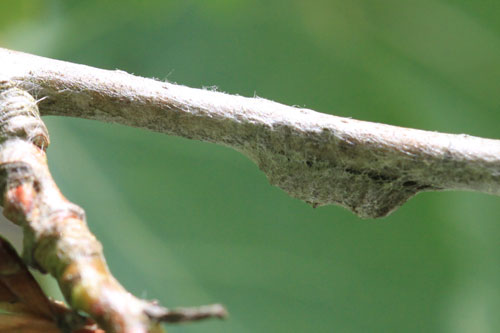
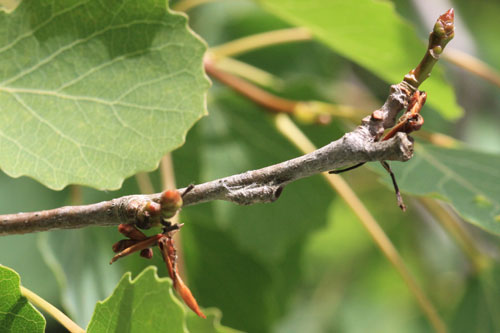
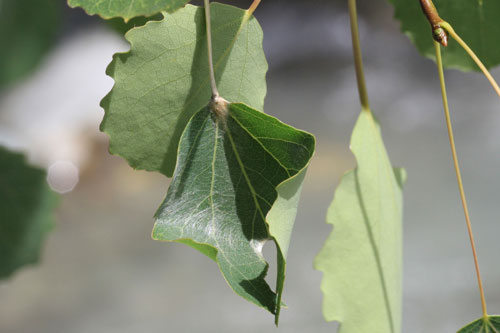
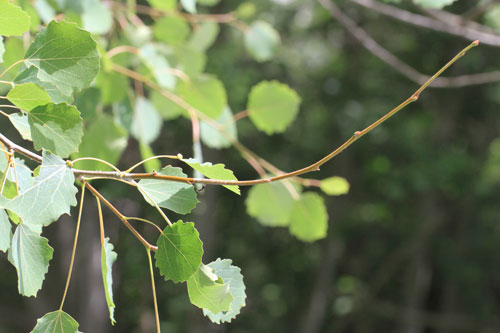
Valais, Switzerland, June 2011
Hibernaculum.
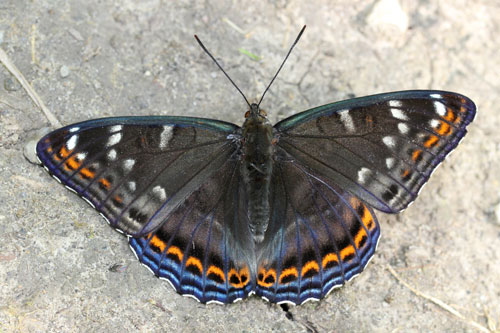
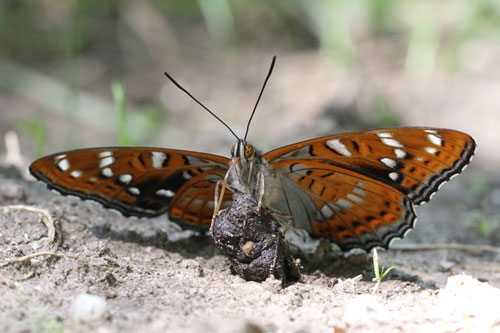
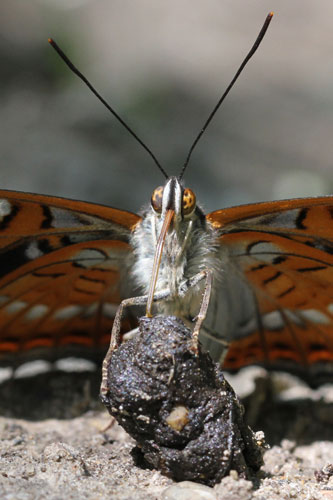
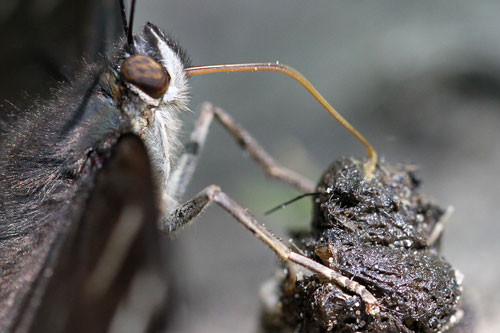
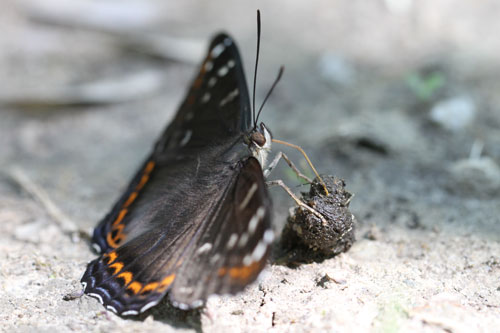
Genève, Switzerland, May 2011
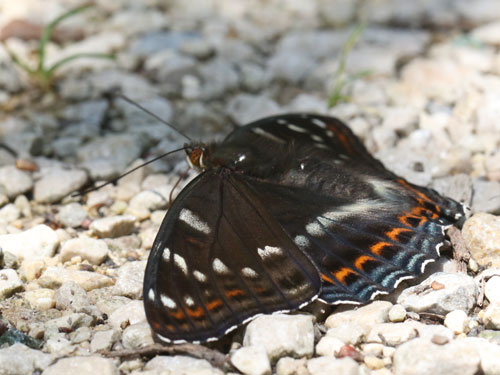
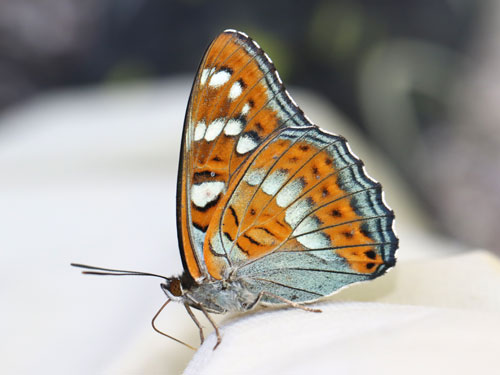
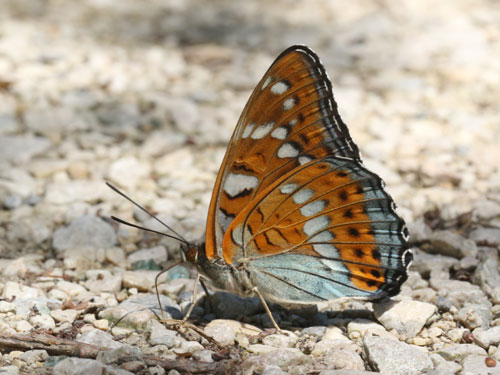
Geneva, Switzerland, June 2015
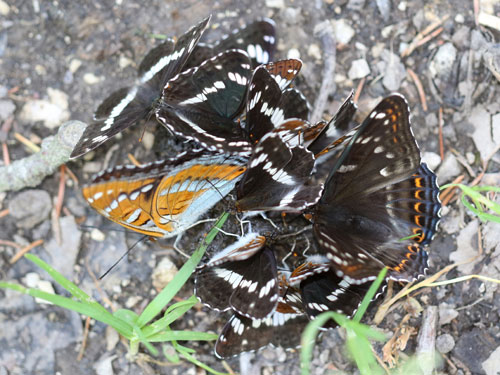
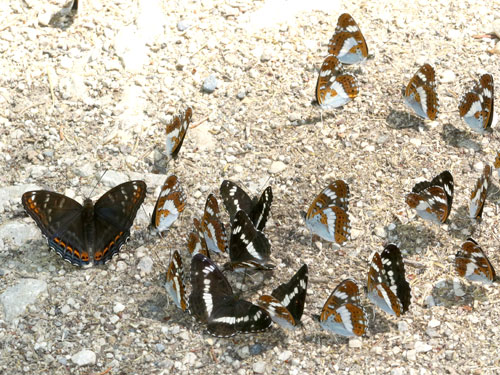
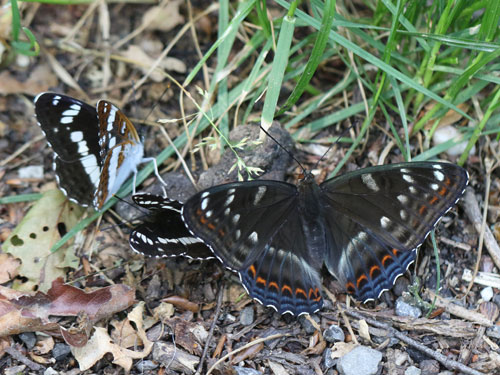
Geneva, Switzerland, June 2015
